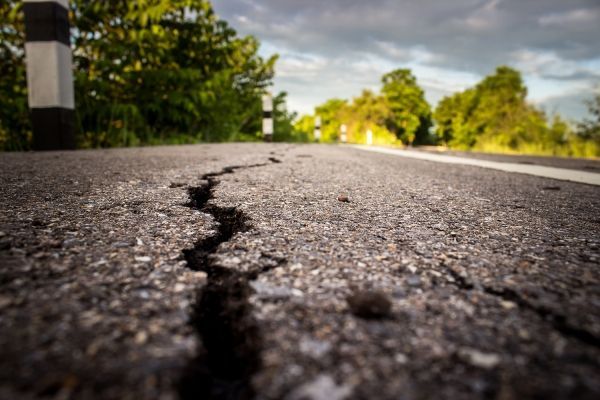Earthquakes can be abrupt bursts of home-crumbling, ground-buckling energy when slices of the planet’s crust long held in place by friction suddenly slip and lurch.
“We typically think of the plates on either side of a fault moving, deforming, building up stresses and then: Boom, an earthquake happens,” said Stanford University geophysicist Eric Dunham.
But deeper down, these blocks of rock can slide steadily past one another, creeping along cracks in Earth’s crust at about the rate that your fingernails grow.
A boundary exists between the lower, creeping part of the fault, and the upper portion that may stand locked for centuries at a stretch. For decades, scientists have puzzled over what controls this boundary, its movements and its relationship with big earthquakes. Chief among the unknowns is how fluid and pressure migrate along faults, and how that causes faults to slip.
Continue reading at Stanford University.
Image via iStock.


